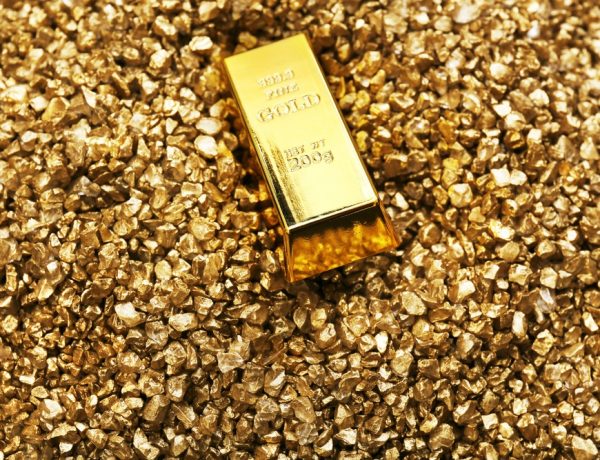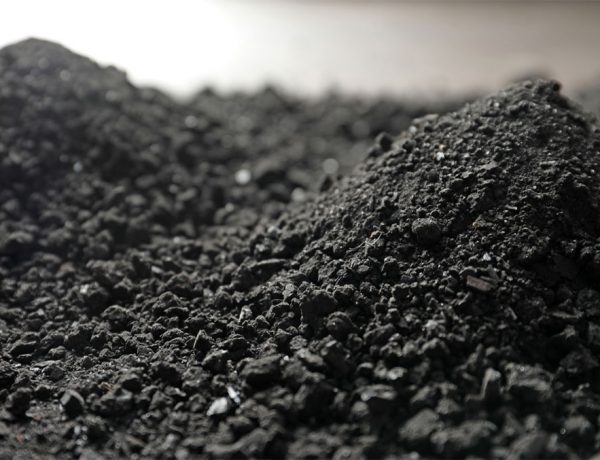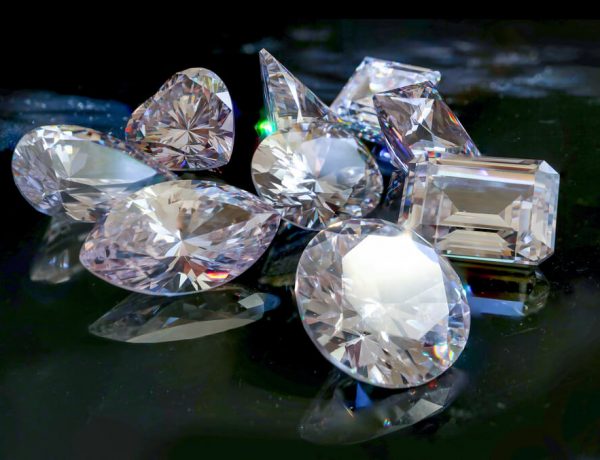Mozambican Ruby
The first confirmed sources of gem-quality ruby were found in northern Mozambique in the Niassa National Reserve in 2009 beside the existence of rubies in Montepuez, in northeast Mozambique, became widely known in 2009. The first facet-grade ruby was mined near a village located in the Niassa National Reserve, after that Mozambique began to attract large crowds of miners and buyers.
The material ranges from pink to dark red, and faceted stones over 10 carats are produced. However, the majority of this material would still require enhancement to solve clarity issues related to the fractures. This could be done by glass filling or flux healing. Montepuez ruby mine in Cabo Delgado province covers 33,600 hectares of one of the most significant ruby deposits in the world. Some operations began in 2012, The Montepuez mine provides more than half of the world’s supply of quality rubies, delivering over USD 100 million in tax revenue to the government, and over 1% of revenue allocated to establishing community and conservation projects.
Natural Formation
Made from mineral called “corundum” or aluminum oxide, when treated to extreme heat and pressure they are formed under the earth’s surface, the red color comes from the presence of chromium which creates a Dark red color.
Geologically
Northeastern Mozambique is at a unique, geologically critical junction between two treasure-bearing belts of rock, formed between 500 and 800 million years ago. large regions were metamorphosed at high temperature and high pressure during the Pan-African tectonic event, creating suitable conditions for the formation of gemstones
Deposits
Primary deposits are those in which ruby is still found in its original host rock. In the case of the Mozambican ruby deposits, the original host rock is so strongly weathered as to be nearly unrecognizable. Most of the minerals are turned to clay and other alteration products. People working in the mine describe the host rock as “rotten” .The primary deposit of Maninge Nice is overlain by a secondary deposit derived from it. This higher-grade deposit was probably the first discovered in Montepuez.
Because the primary deposits are so weathered, they are in a way easier to mine than the secondary deposits. This is counterintuitive, since we associate primary deposits with hard rock mining, tunnels, and blasting. However, the rock has been turned to clay, which is considerably easier to mine when it is dry. Pieces of dried clay can be crumbled between your fingers, turning everything except the rubies to dust. This makes excavation with excavators very simple, as opposed to the secondary deposits where large quartz boulders make excavation more difficult. The situation reverses during the intense rainy seasons, with the clay turning into a sticky mass. Even the heaviest equipment cannot combat such conditions, and thus mining of the primary deposit only takes place for half of the year.
Mining
The ruby mining sector only started getting the attention after the first Montepeuz ruby auction that took place in Singapore in 2014 where the revenue was 33.5 million U.S. Dollars. The ruby found in Mozambique are one of the highest qualities worldwide due to the red hue and high transparency.




No Comments